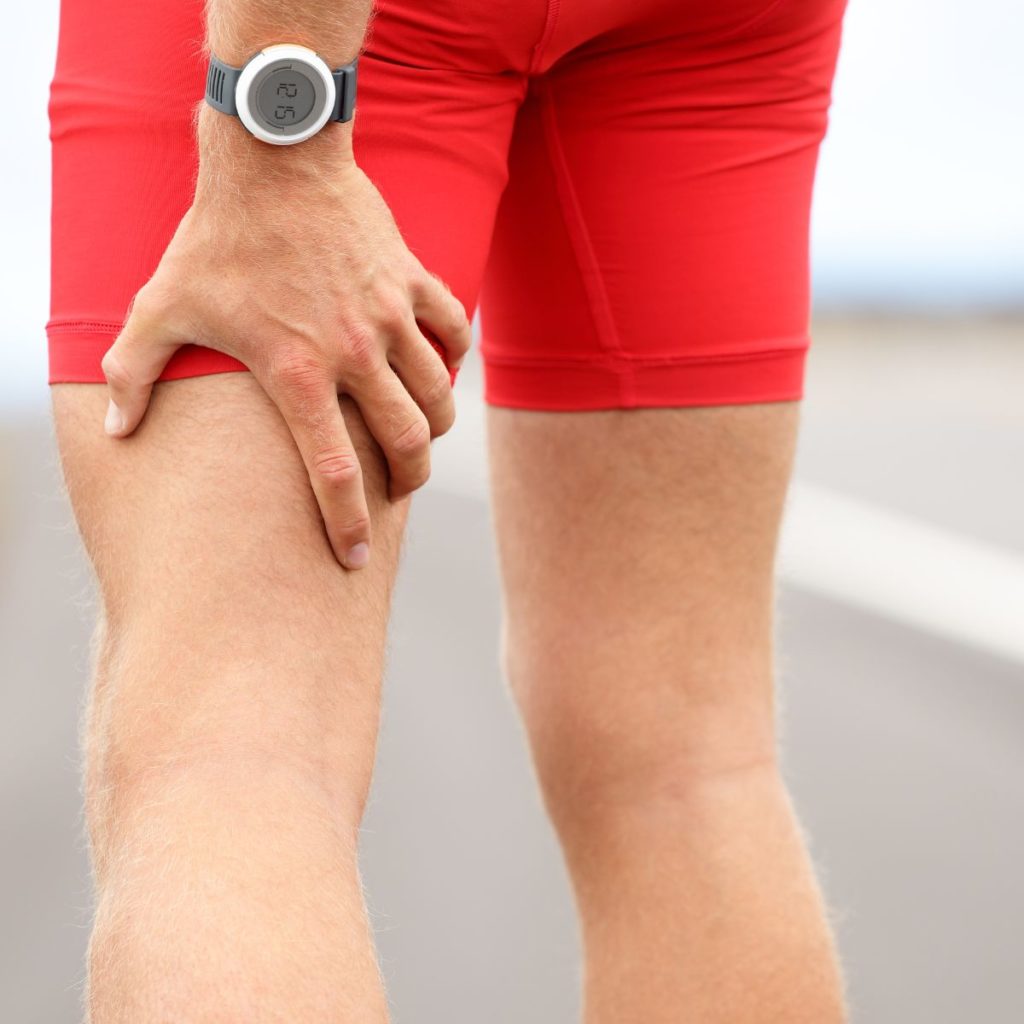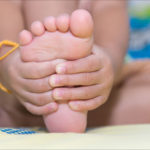As an osteopath working with Soccer clubs, I understand the challenges athletes face when managing acute in-season sporting injuries. These sudden setbacks can disrupt training schedules, hinder performance, and leave athletes feeling frustrated. However, with the right approach, athletes can effectively manage these injuries and get back to doing what they love. In this blog, we’ll explore strategies for handling acute in-season sporting injuries, with a special focus on soft tissue injuries like hamstring strains.
Understanding Acute In-Season Sporting Injuries:
Acute in-season sporting injuries are injuries that occur suddenly during the competitive season. These injuries can range from minor strains to more severe tears and fractures. Common types of acute sporting injuries include muscle strains, ligament sprains, and tendon injuries. Soft tissue injuries, such as hamstring strains, are particularly prevalent among athletes who engage in activities that involve sprinting, jumping, and sudden changes in direction.
Hamstring Injuries: Causes and Symptoms:
Hamstring injuries are among the most common soft tissue injuries experienced by athletes, especially those involved in sports like football, soccer and lacrosse. These injuries typically occur when the muscles at the back of the thigh are stretched beyond their limits or subjected to sudden, forceful movements. Symptoms of a hamstring injury may include sharp pain in the back of the thigh, swelling, bruising, and difficulty walking or bending the knee.
When it comes to managing hamstring injuries, early intervention is key. Here are some steps athletes can take to accelerate the healing process and prevent further injury:
- Rest: Immediately cease any activities that exacerbate the pain and avoid putting weight on the injured leg.
- Ice: Apply ice packs to the affected area for 15-20 minutes every few hours to reduce pain and inflammation.
- Compression: Use a compression bandage to minimize swelling and provide support to the injured muscle.
- Elevation: Elevate the injured leg wherever possible to reduce swelling and promote circulation.
- Osteopathic Treatment: Seek professional help from an osteopath who can assess the extent of the injury and provide tailored treatment, such as soft tissue manipulation, mobilization, and stretching.
- Rehabilitation: Follow a structured rehabilitation program designed to strengthen the hamstring muscles, improve flexibility, and enhance overall functional performance.
Returning to Sport:
As tempting as it may be to rush back to competition, it’s essential to allow sufficient time for the hamstring injury to heal properly. Gradually reintroduce activity, starting with gentle exercises and progressing to more intense training as tolerated. Listen to your body and pay attention to any warning signs of pain or discomfort. Working closely with your osteopath, can help ensure a safe and successful return to sport.
Acute in-season sporting injuries, including soft tissue injuries like hamstring strains, can be challenging to navigate. However, with the right approach to management and rehabilitation, athletes can overcome these setbacks and return to peak performance. By prioritizing rest, seeking appropriate treatment, and following a structured rehabilitation program, athletes can minimize downtime and get back in the game stronger than ever.
If you succumb to a sporting injury mid season call our Clinic on (03) 9397 8877 to book an appointment with an Osteopath or Physiotherapist now. Or book here online.





